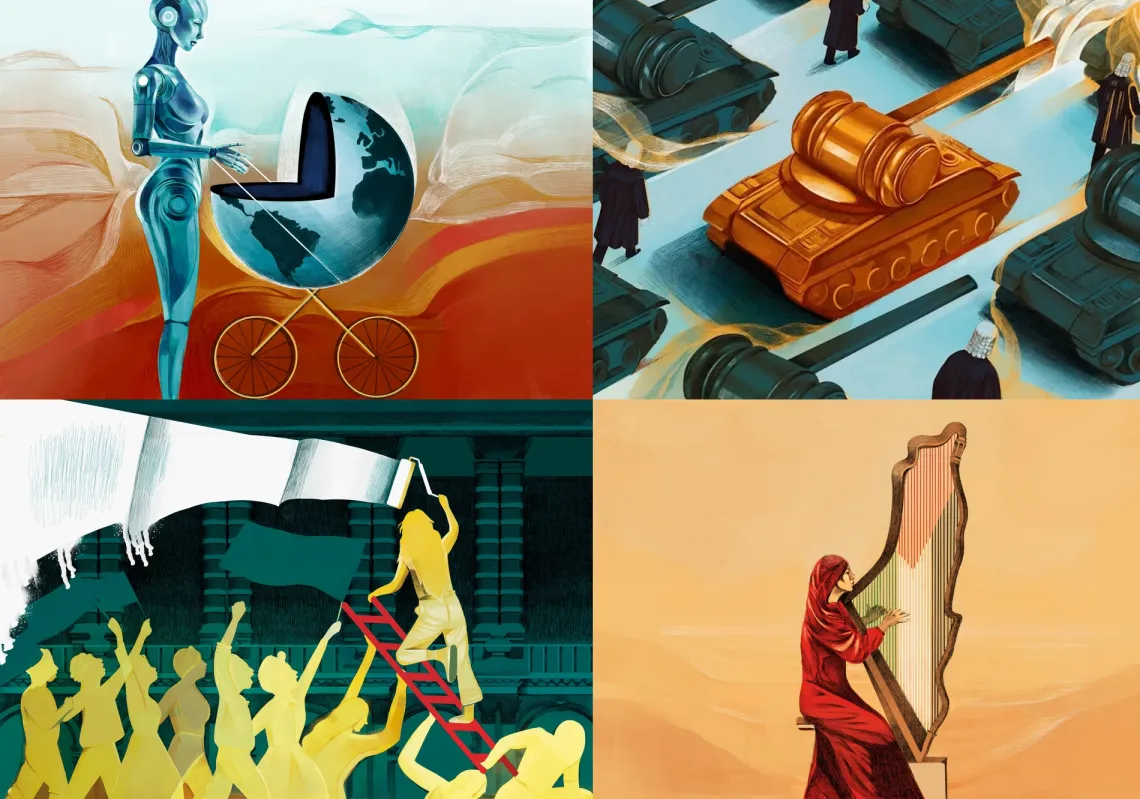To understand Vladimir Putin, you need to go back in time. Not to his childhood but to the early 18th century and Peter the Great.
Of course, the current Russian president’s biographical details are important—his upbringing, education, and early career in Soviet intelligence. However, to understand the essence of his character and leadership brand, you need to delve deep into Russia’s historical evolution and geography.
Since he first stepped out of the shadows and into the public arena as an assistant to St. Petersburg’s Mayor Anatoly Sobchak, Putin has been a man on a mission.
In the shifting sands of the post-Soviet landscape, he pushed to restore Russia back to its glory days. But how he reached his position might have been unimaginable to him in the twilight of the Cold War when he was a young KGB officer stationed in Dresden, Germany.
Sobchak’s influence
As St Petersburg’s first elected mayor, author of Russia’s constitution, and mentor to two of Russia’s future presidents (Putin and Dmitri Medvedev), Sobchak should probably be better remembered than he is.
This was the post-communist chaos of the 1990s, as Putin was emerging. His boss had been a member of Mikhail Gorbachev’s Consultative Council.
At the helm of Russia's second-largest city, he championed liberal reforms in politics, media, and the economy.
Sobchak and Boris Yeltsin did not get on. Yeltsin bore a deep-seated animosity towards anyone with previous affiliations to the Soviet Communist Party. Putin seems not to have shared that disdain.
Vladimir Vladimirovich Putin's public contributions during this time were modest. His most notable role was receiving distinguished guests, including Britain's Prince Charles and US President Bill Clinton, in the mid-90s.
In the PBS documentary series The Putin Files, former US Ambassador Strobe Talbott said Putin went to great efforts to limit any direct engagement between Clinton and the Russian public.
Clinton was "frustrated" by this. "He couldn't get out of the car, and the car would never slow down so he could wave to the people, who were delighted to see him," recalls Talbott, who was there as US Deputy Secretary of State.
Putin had effectively placed the US delegation under siege, tactics commonly associated with junior intelligence officers who are taught to isolate individuals from unfolding events and cloak proceedings in mystery and secrecy.
The roaring 90s
In the 1990s, Putin was instrumental in forming what came to be known as the "St Petersburg Circle".
This was a network of acquaintances from the former imperial capital, notably from the faculty of law at the city's university, where he was educated, and those with connections to the KGB.
This circle (or "gang," as critics of Putin call it) proved pivotal in his ascendancy to the position of prime minister and then president of Russia, helping to establish the foundation for his long tenure in the Kremlin.
Yet he was not shaped by people but by events. What happened in Russia in the turbulent 1990s profoundly affected him and shaped his worldview as the country tried to deal with the Soviet Union's dissolution.
This dismantlement of such a longstanding political framework deeply affected Russians on many psychological, behavioural, and social levels.
The transition to a market economy, characterised by an emphasis on consumerism and quick profit, was a stark departure from the previous system, the roots of which stretched back centuries.















